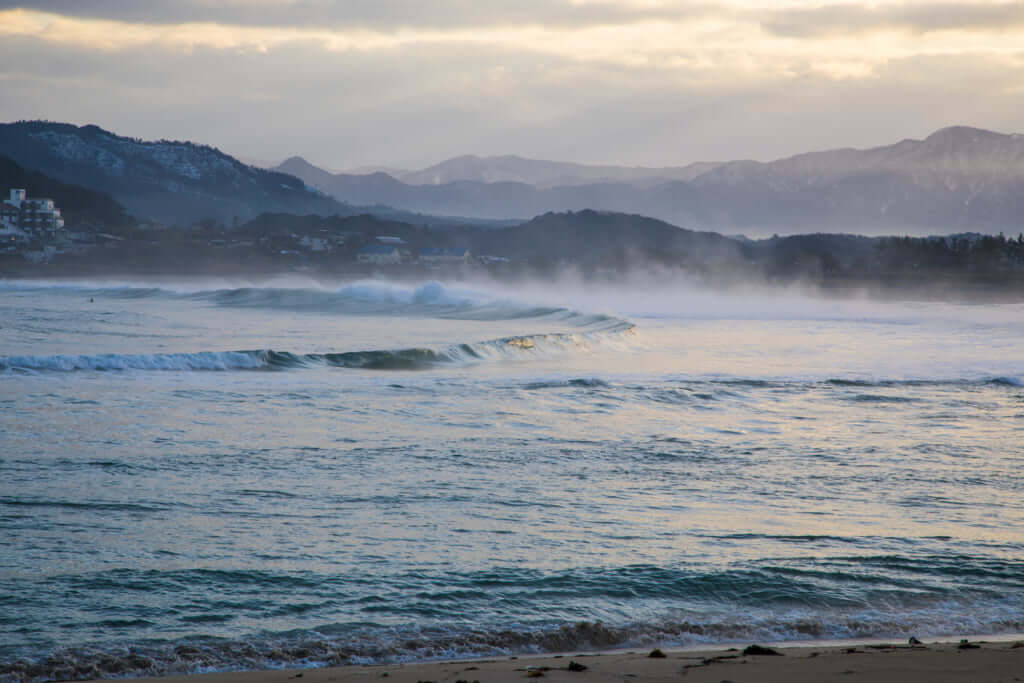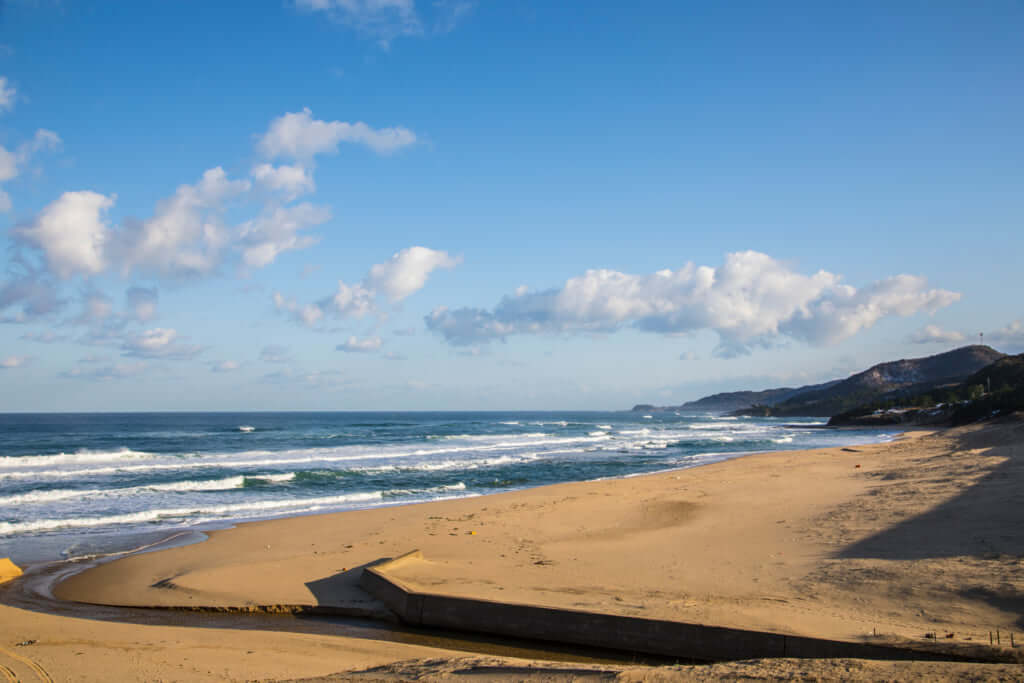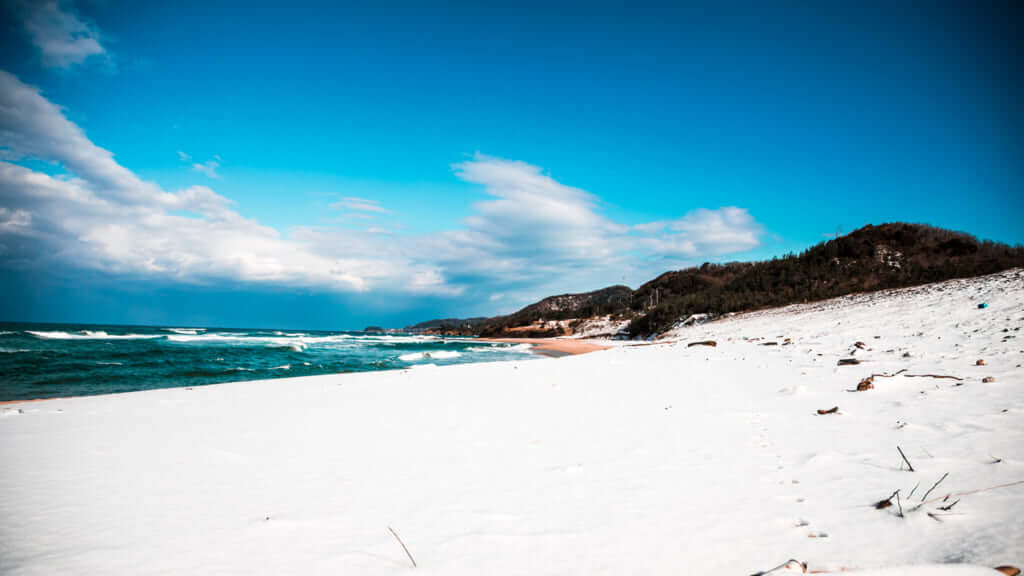The Wild Tango Peninsula
Tango peninsula is the ideal place to discover maritime Japan, far from the hustle and bustle of the big cities.

When we think of Kyoto, we instantly think of centuries-old temples, traditional houses found in the Gion district, or perhaps the Kamo river that winds through the city.
What we’re less aware of, however, is the Tango peninsula that’s located two hours north of the Japanese capital of culture, still in Kyoto prefecture. This area, though hardly visited by foreign tourists, is greatly appreciated by the Japanese, who flock to enjoy its beautiful beaches and the waves (the peninsula is particularly known for its good surfing spots).
Hot springs and artisanal silk
Onsen, the famous hot springs that are so revered by the Japanese, also contribute to the Tango peninsula’s reputation, notably those in the Yuhigaura region. Tango has also been one of the bastions of silk production for almost 300 years. Visitors can therefore find many kimono workshops there, some of which open their doors to the public.
The Tango peninsula allows visitors to savour, in a more exclusive fashion, the essence of Japan: its crafts, temples, onsens and unspoilt nature.
To get to Tango, visitors can take the JR train line which runs to the two extremities of the peninsula (Toyooka, Kinosaki and Maizuru) or the bus that runs along the coast. To venture further into the wild and discover a more rural side of the region, you’ll have to hire a car, as the public transport network is not developed enough to serve the most remote villages.




TRENDING
-
A Rare Japanese Garden Hidden Within Honen-in Temple in Kyoto
Visible only twice a year, ‘Empty River’, designed by landscape architect Marc Peter Keane, evokes the carbon cycle.

-
Colour Photos of Yakuza Tattoos from the Meiji Period
19th-century photographs have captured the usually hidden tattoos that covered the bodies of the members of Japanese organised crime gangs.

-
Recipe for Ichiraku Ramen from ‘Naruto’ by Danielle Baghernejad
Taken from the popular manga with the character of the same name who loves ramen, this dish is named after the hero's favourite restaurant.

-
Modernology, Kon Wajiro's Science of Everyday Observation
Makeup, beard shape, organisation of cupboards and meeting places: all of these details decipher 1920s Tokyoites.

-
Hitachi Park Offers a Colourful, Floral Breath of Air All Year Round
Only two hours from Tokyo, this park with thousands of flowers is worth visiting several times a year to appreciate all its different types.





